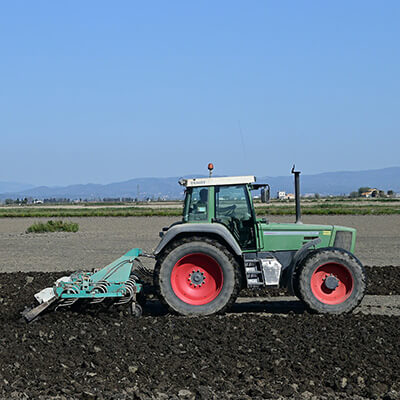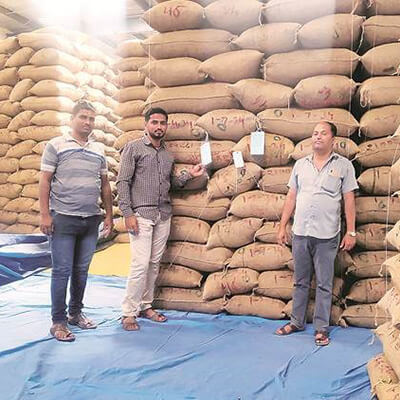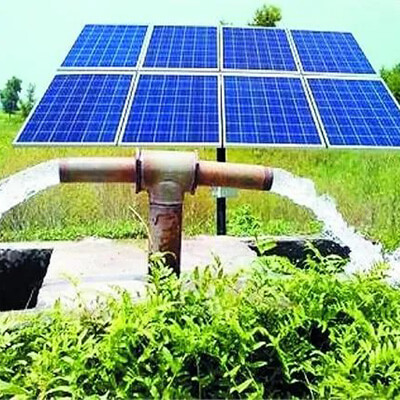NBFCs refer to entities that are not banks but provide services such as lending and other activities without holding a banking license One of the main reasons why people choose NBFCs over banks is due to lower costs Since the need for finance in the farming community is on the rise, banks alone cannot cater to the increasing demand, so NBFCs provide finance to both the public and private sectors...
Agri Equipment Finance is a loan given to obtain business equipment that includes any tangible asset such as: farm equipment (except real estate) that would help borrowers boost farm produce, not having to worry about loan security It simply refers to a collateralized loan allowing farmers to purchase equipment, and once the loan is repaid, the borrower becomes the owner of that equipment At...
Agricultural loans are availed by a farmer to fund seasonal agricultural operations or related activities like animal farming, purchase of land or agricultural tools; A form of credit that can be secured as a personal loan by the borrower Agriwise provides these Agri loans to farmers with commercial or residential properties as collateral and the tenure lasts up to 8 years It is a Secured term...
Warehouse Receipt Finance is a process where a financer provides credit to a seller against the security of goods stored in the warehouse It includes the assurance of the commodity's quality and quantity within an approved facility While simple in concept, a warehouse-receipt system requires the availability of safe warehouses and widely accepted commodity grades and standards Further, it is...
Agriculture is the backbone of the Indian economy and therefore the problems faced by this industry have been crucial topics of discussion The uncertain nature of this industry results from a number of reasons including: Poor infrastructure & farming techniques, low use of farm technologies etc, ultimately resulting in low productivity Consequently, the emergence of digital agriculture- a...
The Indian Agri-credit system has made commendable progress with the enforcement of some major policy changes over the years Credit supply is one of the most integral determinants of investments in agriculture due to the degree of uncontrolled production and price risk that can influence the industry which makes the progress of Agri-credit systems more crucial than ever Policy changes have...
The PM Kusum Yojana was introduced by the central government in 2019 Under this scheme, the central government of India will provide Kusum solar pump sets on a subsidised basis These solar pumps have two purposes: They help farmers with irrigation and allow them to generate electricity The government will provide a subsidy of 60% to farmers and 30% of the cost will be given by Government in form...
Priority sector lending (PSL) was formalized in 1972, and RBI advised PSL targets to banks in 1974, which ensures that the lenders compulsorily lend 40% of their total credit to specific sectors The Reserve Bank of India (RBI) has defined different categories under priority sector and agriculture is one of that category which falls under priority sector lending Domestic scheduled commercial banks...
Agri financing plays an essential role in farm sector development, as India being an agrarian economy is a major contributor to the global food basket As on March 31, 2020, NBFCs had total assets of Rs 5147 trillion, almost 25% of India’s GDP Therefore, a healthy NBFC sector from a systemic point of view is crucial for India’s economic revival The recent RBI bulletin released in May 2021...
The Indian agriculture market is estimated to be worth INR 18,367 billion (2019) Currently, India ranks within the world’s five largest producers of over 80% of agricultural items, including many cash crops Easy availability of credit is a major driver of the Indian agriculture industry Many farmers and agribusinesses do not have access to timely and suitable credit leading to lower production...
The agriculture sector contributes significantly to the Indian economy in terms of revenue and employment It makes for around 16% of the Indian GDP and 4149 percent of the workforce employment But farming and related commercial activities are tough It requires labour, supplies, land, and equipment It also faces risks like vagaries of weather, shrinking farm sizes and pest infestation Limited...













